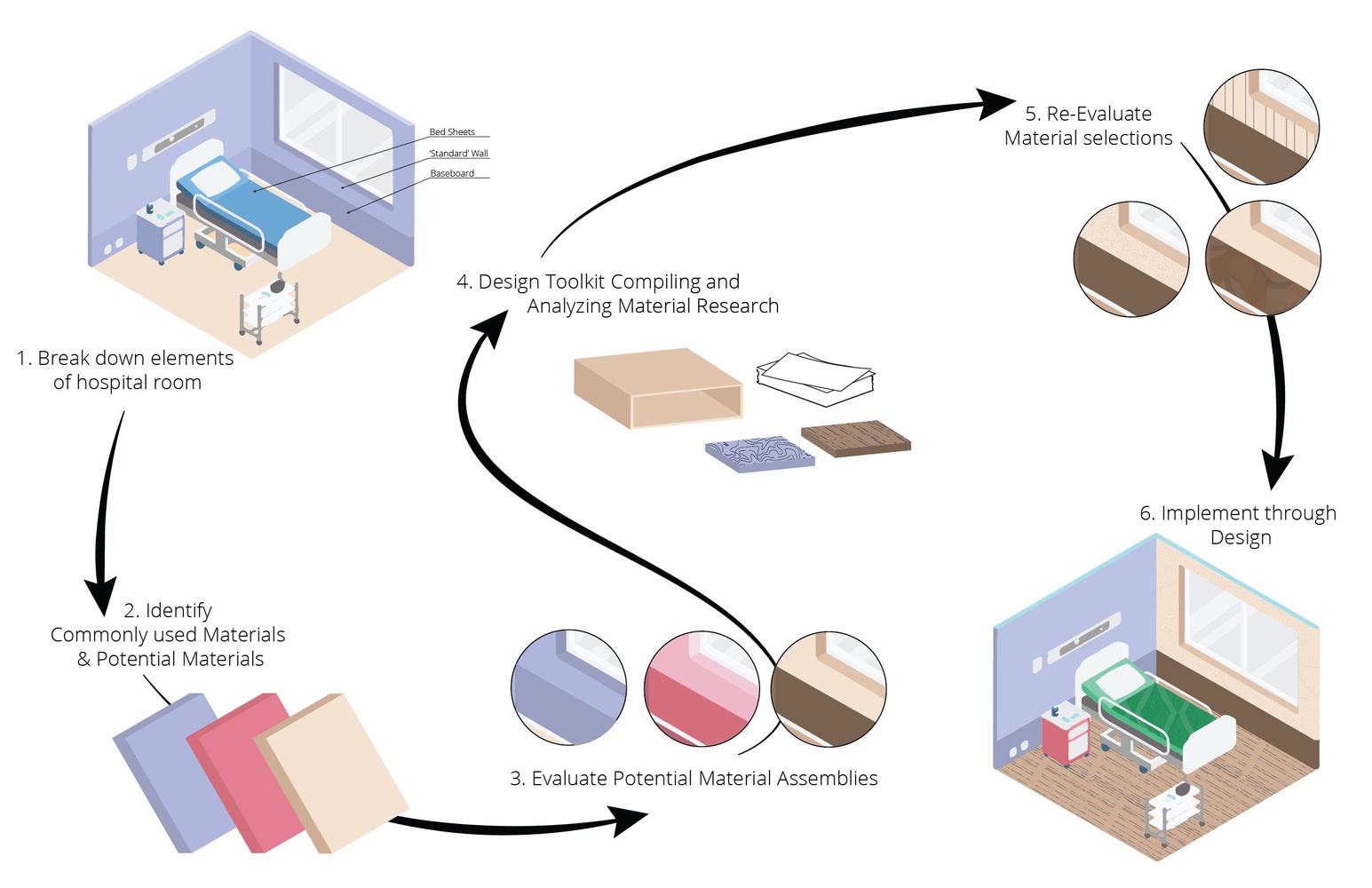
Biophilic design patterns in healthcare environments.
Research Assistant: Mariami Maghlakelidze

Biophilic design guidelines.
Research Assistant: Mariami Maghlakelidze

Biophilic design guidelines.
Research Assistant: Mariami Maghlakelidze

Biophilic materials for healthcare design
Project by Alejandra Meza, researcher, Carnegie Mellon University




